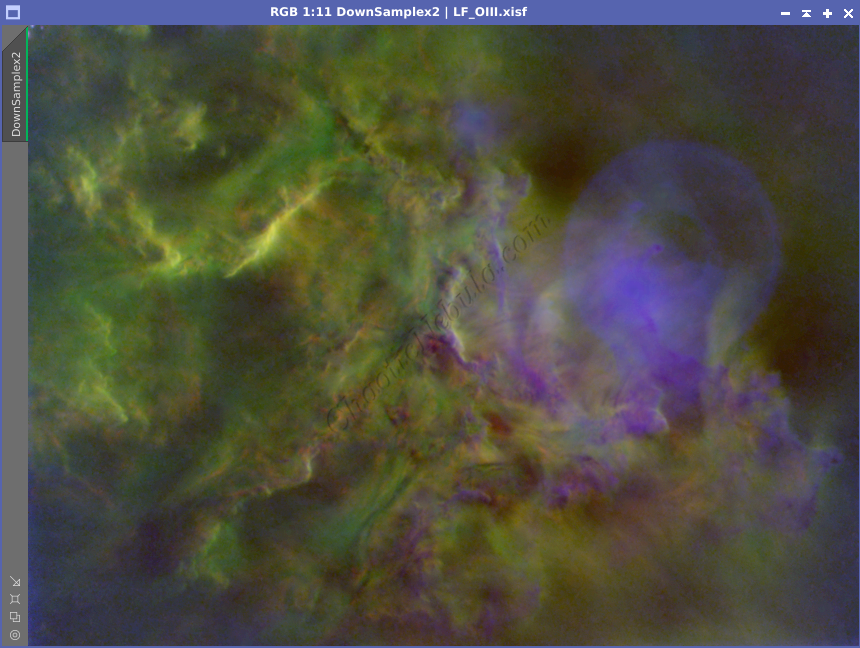The Amazing Experience of the 2024 Solar Eclipse
Another total solar eclipse is over and what an experience.
It’s been 7 years since my first encounter with totality during the solar eclipse of August 21, 2017. After that event, I was going to try and get into the path again. And luckily, the skies were clear for another amazing experience.
This time, I was better prepared to try and capture the beauty of this spectacle.
(more…)


